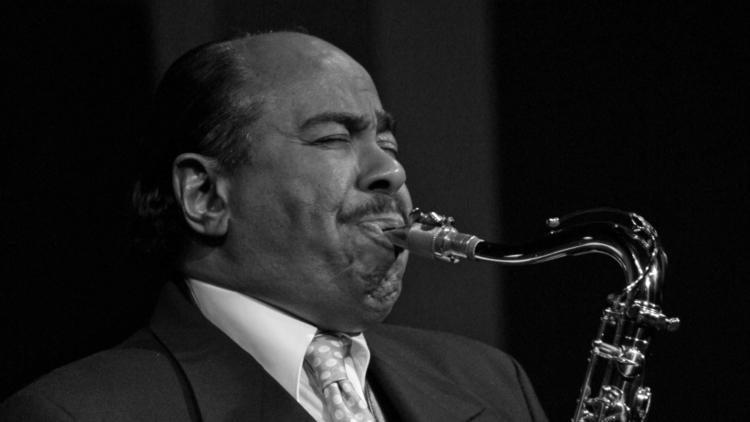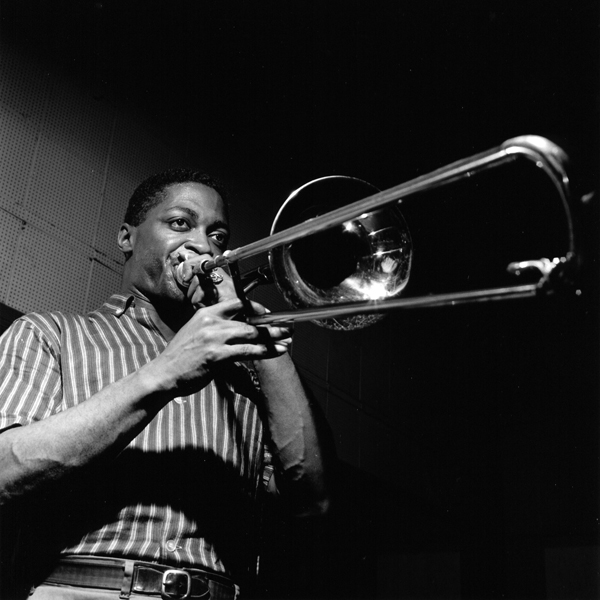Dive into the Power & Passion of ‘Tenor Madness
In the vast panorama of jazz, Sonny Rollins’ “Tenor…
Jazz is a language, a means of expression. And in “The Other Side of Benny Golson,” the dialect is hard bop, with a twist of bluesy soul. The album, a beacon of Benny Golson‘s early career, exemplifies his unique combination of compositional ingenuity and tenor saxophone mastery.

In the fall of 1958, the artists gathered at Nola’s Penthouse Sound Studios in New York City. On November 12, under the guidance of Riverside label producer Orrin Keepnews, the magic unfolded. The hard bop genre found a new pinnacle as each note, each beat, was immortalized.

Benny Golson, the man behind the saxophone, possessed an illustrious career even before this third recording. Known for his compositions, Golson was embarking on an exploration of his soloist abilities. The result? A transformation that would echo through his later works.

Curtis Fuller, the trombone virtuoso, joined Golson on this creative journey. Previously a member of Art Blakey’s Jazz Messengers, Fuller brought a hard bop sensibility melded with an inherent lyricism. The union of Golson and Fuller on this album marked the beginning of a fruitful collaboration.

Then there was Barry Harris, a master of the piano and a stalwart of the bebop style. His precise, vibrant accompaniments and solos are a cornerstone of the album. His influence can be heard rippling throughout each track, adding a layer of complexity.

And of course, we mustn’t overlook the rhythm section – Jymie Merritt on bass and Philly Joe Jones on drums. Merritt, with his broad range and experience with the Jazz Messengers, added a driving pulse. Jones, with his intricate rhythms and hard-driving swing, brought it all together.
“Strut Time” kicks off the album, a bluesy, upbeat number that sets the stage. Golson’s saxophone takes the lead, weaving a melodic line that is met with harmony from Fuller’s trombone. The rhythm section drives the tempo, creating a solid foundation for the horns to shine.
My personal favorite, “Are You Real?”, is a testament to Golson’s compositional prowess. It’s a tune that swings, that moves, that asks a question with every note. The solos by Golson and Fuller here are noteworthy, each one a call and response that plays out like a musical conversation.

“Symptoms” showcases the talent of Curtis Fuller. It’s a track that allows Fuller’s expressive trombone to take center stage. Harris’ piano provides a balanced accompaniment, while Merritt and Jones lay down a steady, driving rhythm.
Finally, “This Night,” the album’s closing track, leaves the listener on a high note. It’s an invigorating piece, filled with vibrant melodies and energetic solos. The musicianship displayed here encapsulates the essence of the album – creative, expressive, and beautifully executed.
“The Other Side of Benny Golson” is steeped in the hard bop tradition. It delves into the blues, explores angular chord progressions, and showcases soulful improvisations. The album is a musical journey, exploring themes of creativity, expression, and collaboration.
Upon its release, the album was seen as a significant step forward for Golson. His transition from primarily a composer to a lead soloist was met with admiration. The album resonated with jazz enthusiasts, carving out a niche in the hard bop landscape.
Today, the album stands as a testament to Golson’s artistic evolution. It remains relevant for its creative compositions, masterful performances, and its place in the hard bop genre. It serves as a touchstone for musicians and listeners alike, a reference point in the annals of jazz history.
The album’s legacy has undeniably influenced a new generation of artists. Contemporary saxophonists reference Golson’s melodic inventiveness and composition skills. You can hear echoes of Golson’s tone in the works of Kamasi Washington and Joshua Redman. Curtis Fuller’s lyrical approach to the trombone can be traced in the playing style of Trombone Shorty.
Reflecting on “The Other Side of Benny Golson,” we appreciate its importance in the jazz canon. The harmonious blend of individual talent created a collection of tunes that remain fresh and engaging. It’s a testament to the power of collaboration and innovation.
In conclusion, “The Other Side of Benny Golson” is more than just another jazz album. It’s a creative milestone, a compelling narrative, and a timeless piece of art. It captures a moment in time when five musicians came together and crafted something truly extraordinary. This album isn’t just heard; it’s experienced. And once you’ve experienced it, you’ll find it’s an experience that lingers, resonates, and inspires.